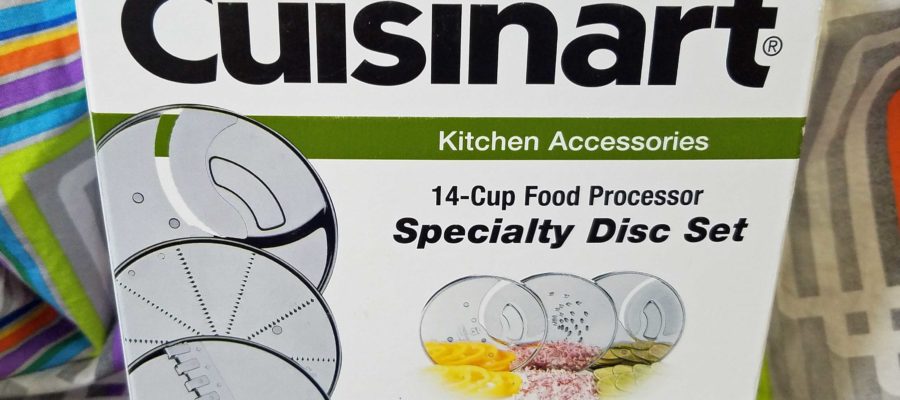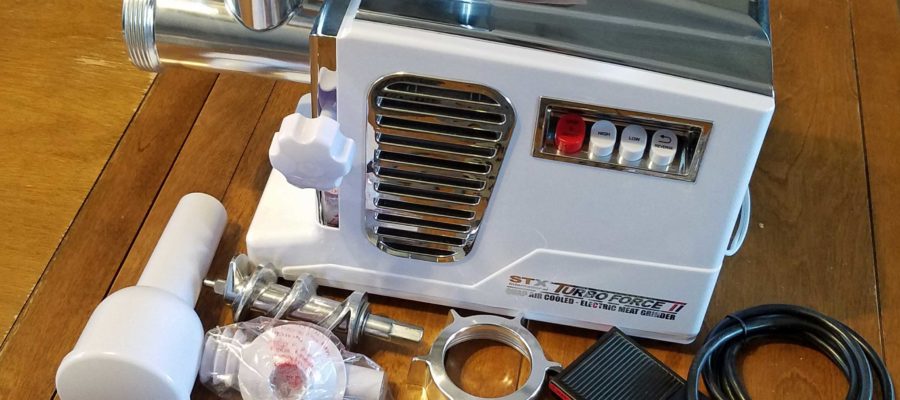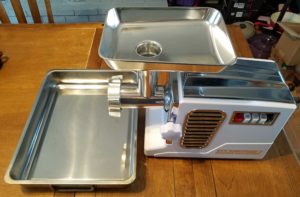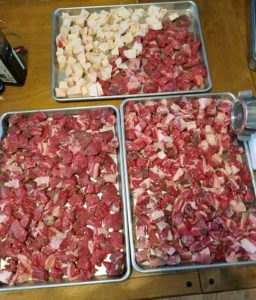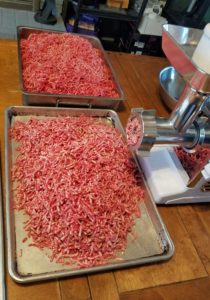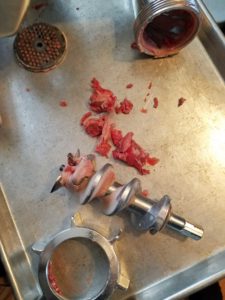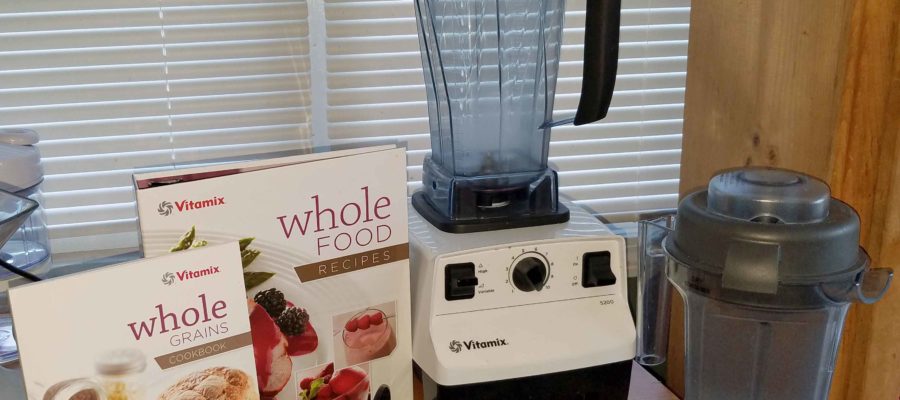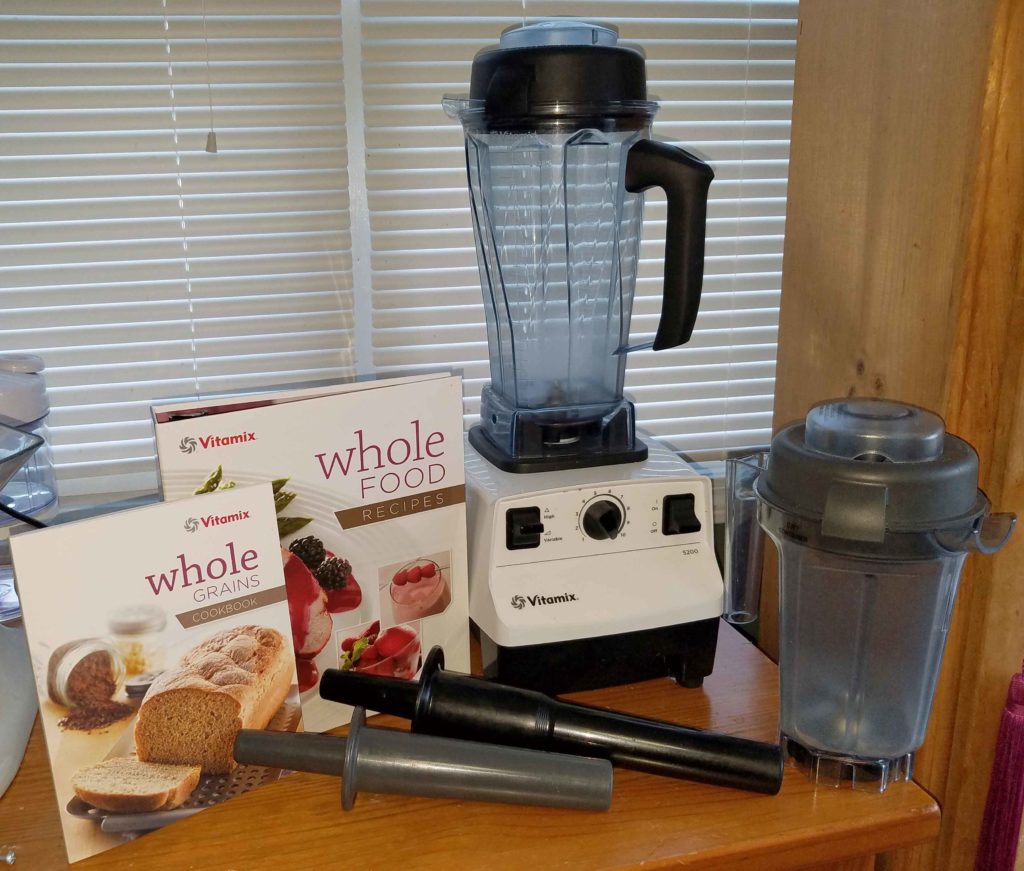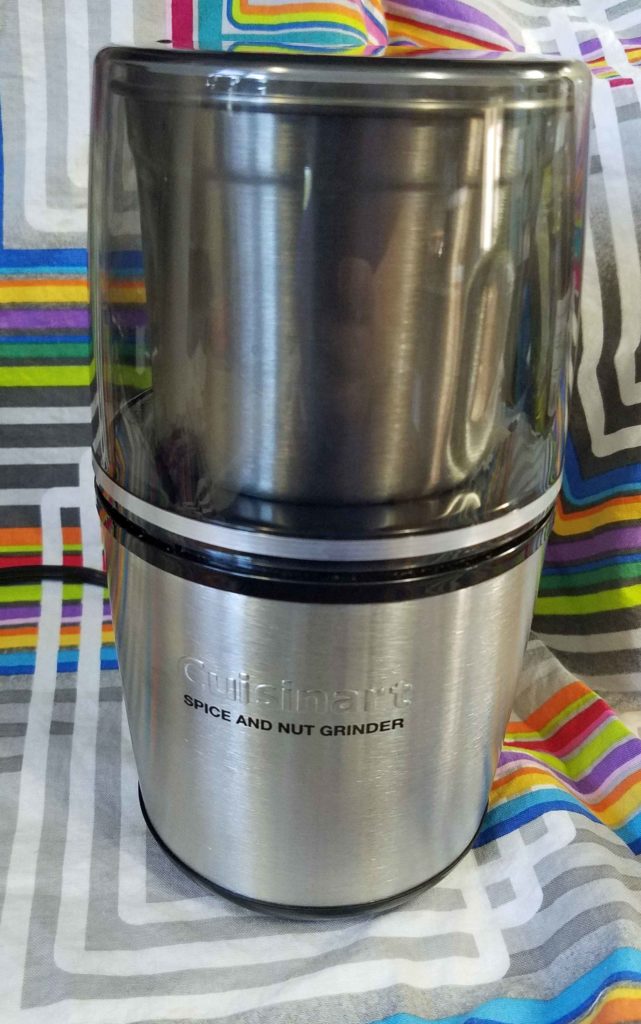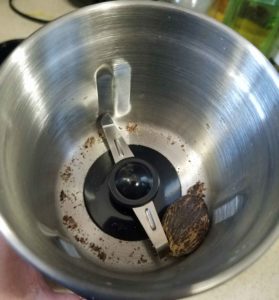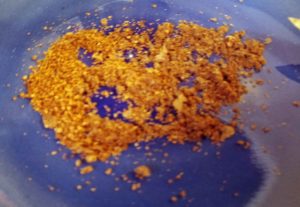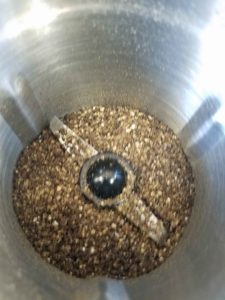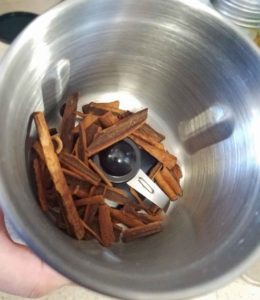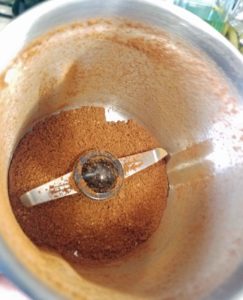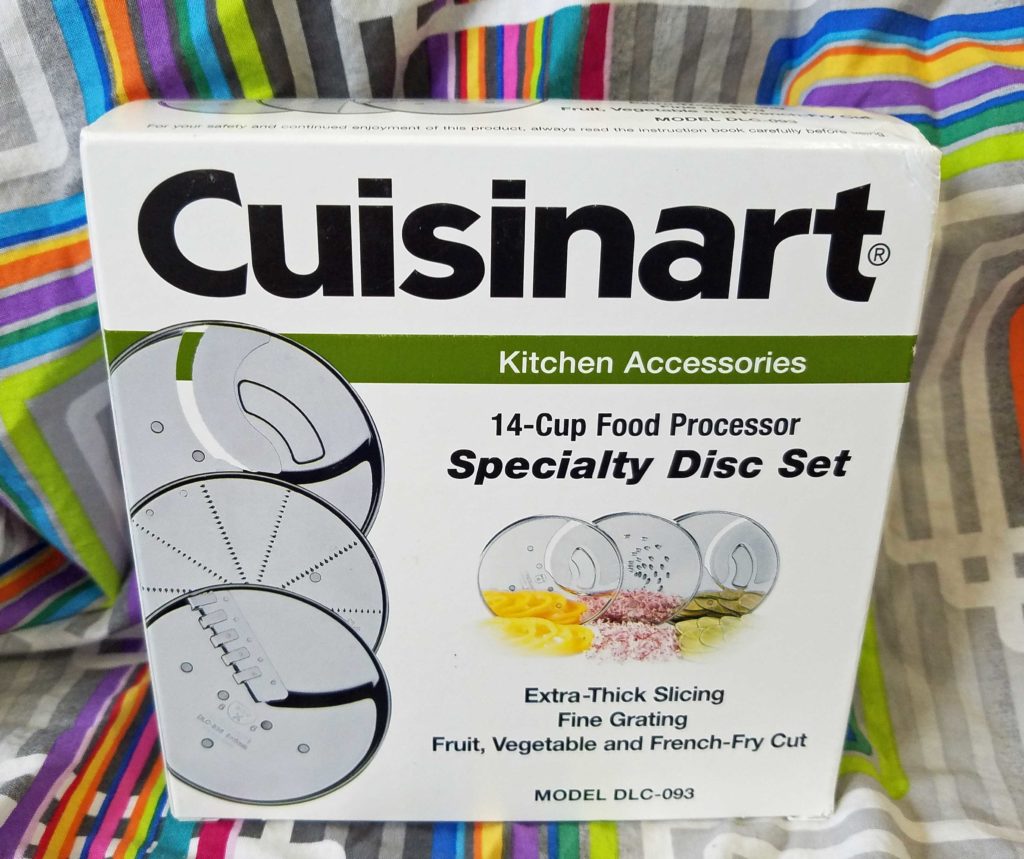
Let me start out by saying, I’m fundamentally lazy. Many of my friends would disagree with me because I do a ton of work to make safe food, and yeah, maybe I could eat with less variety, so that I don’t have as much I have to do. The thing is, I love food and I love variety, and the thought of eating the same thing day after day after day, just makes me shudder. So yeah, I do the work, but anything I can do to lessen the work, I’m going to do. Or maybe I should say, anything I can do to be more efficient, I’m going to do. I do use my 14 cup Cuisinart food processor for canning season, but I wasn’t happy with using it for pickles because the slices were coming out too thin on the slicing disc I had. So when I saw this specialty disc set, I thought it might be worth a try since it had a thicker slicing disc. And it didn’t hurt that it came with a french fry cutter disc either. The last blade is a fine grating disc.



The first thing I did was try the thicker slicing disc and compare it to the one that came with the food processor. The thicker disc is labeled as 8 millimeters and the original disc is labeled as 4 millimeters. It may not look like much of a difference, but I think it’s enough that I won’t have to use a knife to slice my cucumbers for pickles this year.

The second thing I did was try the fine grating disc. I didn’t really have anything to finely grate. The box said that fine grater is used with especially hard foods such as nutmeats, Parmesan cheese, ginger, and horseradish. Well, I didn’t have any fresh ginger and or anything else it suggested and I’m allergic to cheese, so I tried a potato. Yeah, that didn’t work out so much.

Since I did have some ginger I had peeled and frozen solid in chunks, I dug it out of the freezer and tried it with the fine grating disc. It worked out pretty well. I also think the next time I get fresh ginger, I’ll just peel the whole thing, run it through the fine grater disc and freeze it in an ice cube tray so that I’m not throwing old ginger away or trying to cut frozen pieces up. It also occurred to me as I write this, that this might be a good way to grate nutmeg as well.

Okay, now the part that everyone has been waiting for: the french fry disc. I was very curious about this. I have a french fry cutter from Pampered Chef and there’s nothing wrong with it, except it is manual, very sharp, and I cut myself when I wash it most of the time. You also have to use a fair amount of muscle to force your way through the potato. The french fry disc for the food processor worked pretty well. There are some odd thin cuts, and some broken pieces, but given how fast it goes through three potatoes, I have no objections.

Of course, once I have potatoes cut like fries, I had to make fries. I had chatted with MaryKate as the potato aficionado and/or obsessed one in our duo about an experiment I intended to undertake, and she proposed a counter method, so I did both to see what liked better. I soaked the potatoes cut like fries in water for a few minutes, drained them, and then dried them with a towel.
When I first lost dairy, I also lost McDonald’s fries because they coat them with powdered dry milk to give them extra crisp. I don’t know if that’s still true, but it was at the time I lost milk, which was years ago. So I wondered if I could use tapioca starch to do the same thing, because I hate double frying, and if there is a way to shortcut the process, I’m going to take it. So I tossed the fries with a bit of tapioca starch in a strainer so I wouldn’t have any clumping.

I heated my oil to 350° F and fried them until they were golden brown. They were good, crisp, and I didn’t have to fry twice.


Next, I did the double frying method. I heated my oil to 325° F and cooked them for 6 minutes in batches. When I had cooked them all, I heated my oil to 400° F and refried them in batches until they were golden brown. I admit that MaryKate was right and this version was better. A little bit better color, a little bit more crisp, but not worth the pain of double frying for one who is less obsessed with potatoes.




I don’t think this set is essential if you are a standard cook, but it’s a nice thing to have. And for me, the thicker slicing disc alone is worth it for me for canning season. All in all, I’m pleased I bought it.
